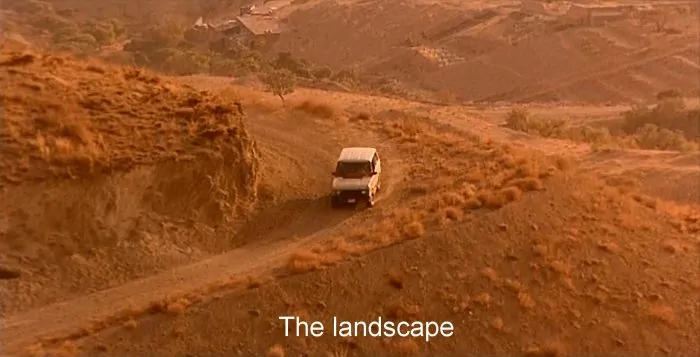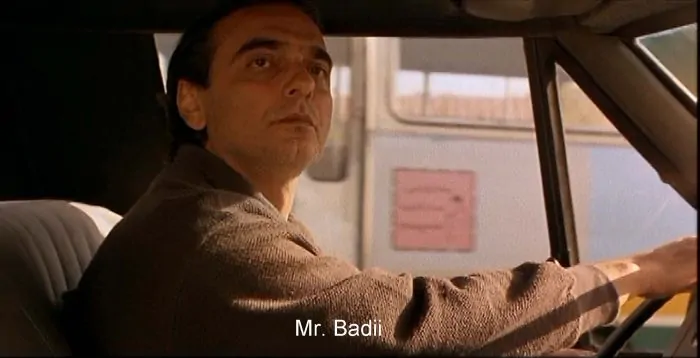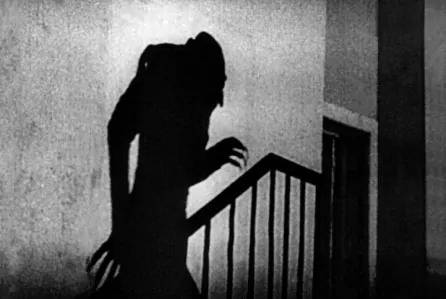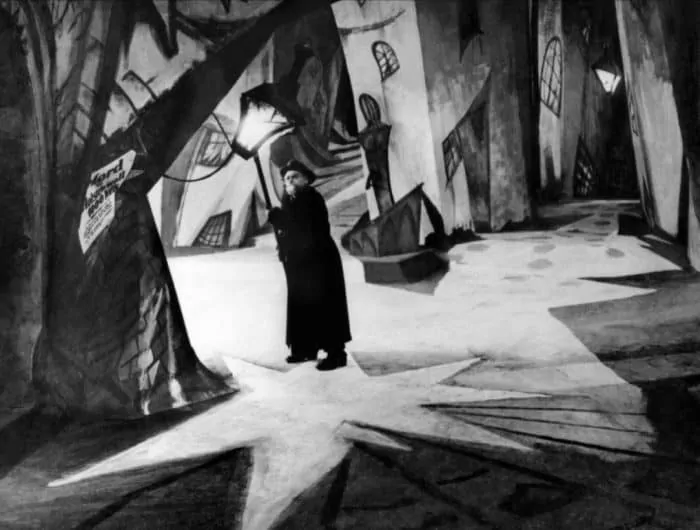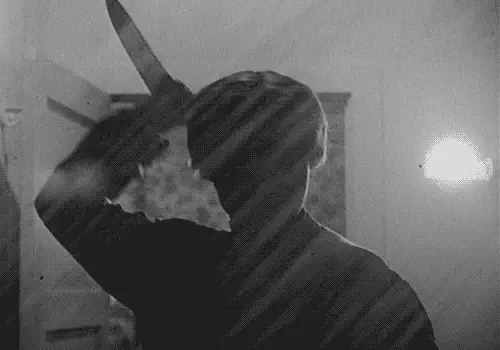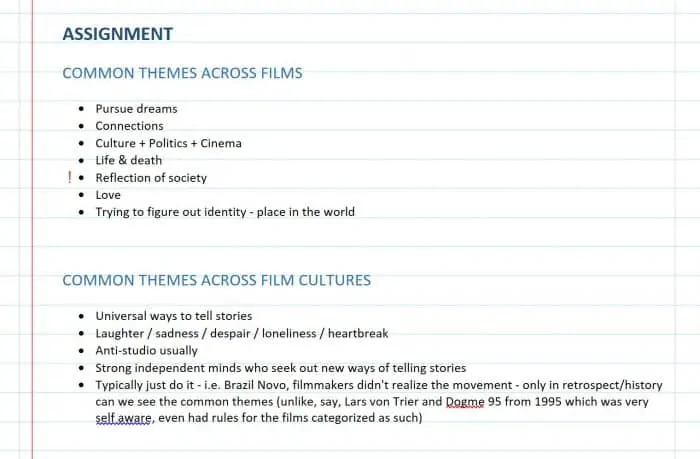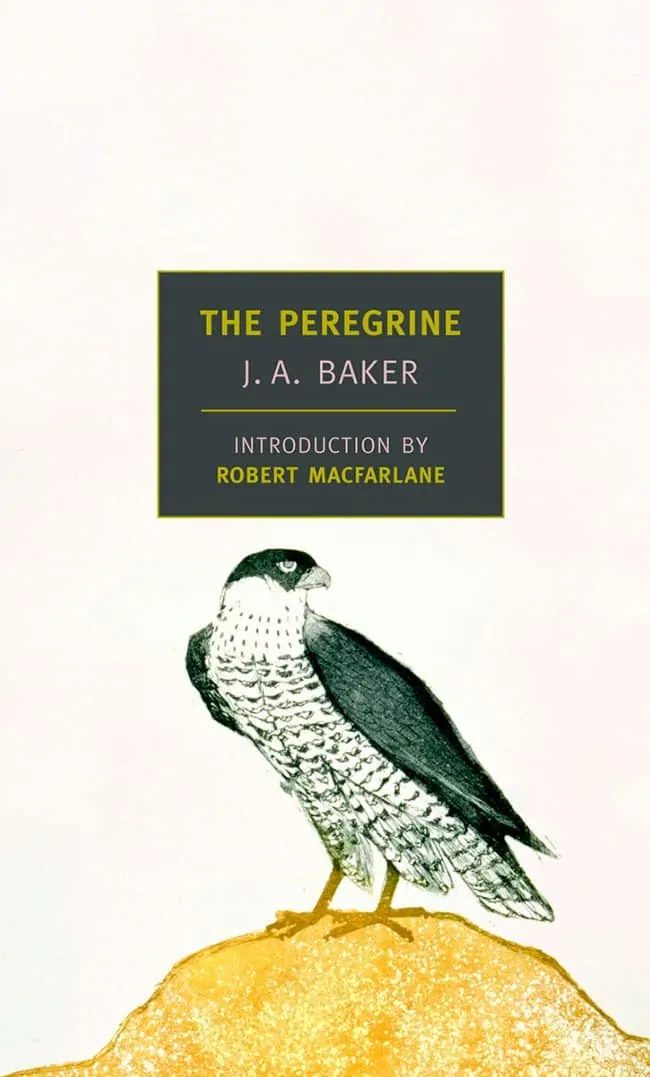The beauty of filmmaking, film culture, and film history is that it is an interdisciplinary study.
And, it requires you to read. A lot. And not books about filmmaking — rather creative fiction, pages filled with visual story-telling.
I’m learning this in earnest thanks to the online filmmaking class I’m taking by famed director Werner Herzog. I started the class last week (sharing some initial thoughts here on Stark Insider) and though I’m less than a week into the course (seven weeks) I’m finding the process thoroughly fascinating.
Herzog’s lectures are short and, thankfully, to the point, in the most passionate of ways.
I’m moving slowly through the material. Not because there’s a lot of it. There isn’t. Each chapter is accompanied by a one page PDF with a summary and assignment. It’s the latter — the homework — that has me taking my time, digging into film history and film theory.
The opening lecture was all about exploring the world of cinema. Herzog implores us to dig into foreign films. Understand countries with strong culture. And try to assess why there’s a commonality of filmmaking across the world — the “Universal Rules of Filmmaking.”
That assignment took me through three fascinating, important movements and countries:
- Iran
- German expressionism
- Cinema Novo in Brazil
- Neorealism in Italy
Of course, aside from the research and studying, the hardest part is actually watching the films from the respective periods. A time consuming process! So that I can keep the rest of my life in order (or try) I whittle down the vast selection to the most critical titles. Later, I’ll catch up and watch more titles as time allows.
For now, I enjoyed watching and carefully studying some fascinating 20th century films, from the above countries respectively:
- Touch of Cherry (1997)
- Nosferatu (1922), repeat viewing
- Black God, White Devil (1954)
- The Bicycle Thief (1948), also a repeat viewing
I try to pay close attention to several facets of any movie: how characters are introduced, pacing, camera angles and movement, dialog, and, one of my favorites, the use of music.
Looks and styles are of great interest to me, and, I’m guessing, film study.
So I create Look Books for each chapter, to document my journey of learning, at least visually. I’m using OneNote to take class notes. Here’s an example:
Look Book: Foreign Film
Iran
A Taste of Cherry
Influenced:
Germany – Expressionism/Silent Era
Nosferatu
The Cabinet of Dr. Caligari
Influenced:
And so on…
Common Themes
Here’s some quick ideas I jotted down on common themes we can find across films (regardless of era), and countries with great cinema culture:
Read, Read, Read
About that reading thing.
Werner Herzog is a well-known student of literature. He believes that the art of story-telling can often be best learned from beautifully written works. Using words to conjure striking, memorable imagery can help of us that work with video, and film. So then, J.A. Baker’s “The Peregrine” (1967) it is — and paperback only, no e-reading for me.
A poetic story about a bird-watcher documenting his observations, the book has been called “magical and terrifying.” As part of our homework, we must manually copy 20 pages from the book itself so as to attempt to internalize the style. Terrifying indeed.
I’ll share future observations, and also, soon, some actual “short films” and “clips” that I’ll need to create for the course.
I do know one thing about my videos here on Stark Insider: I need to let scenes breath more! Too many fast edits. As Herzog says, us Westerners have a tendency to Cut! Cut! Cut! For now, though, seems like I’m just going to read, read, read.
From my notes:
BECOME YOUR SUBJECT
- It’s about becoming a bird, not so much watching a bird
- From “I” to “We”
- Morphing
- Incorporate it as a way to see the world – become singular with your monkey, your chicken
And maybe, just maybe, I’ll begin to understand why that penguin in Strange Encounters at the End of the World (Iceland) heads neither to the feeding grounds nor to his family at home, but rather to the distant mountains. Then again, maybe the answer is to be found in the journey?
Final Word: Loner Starzog
Loner says:
This is a no Kindle zone!


